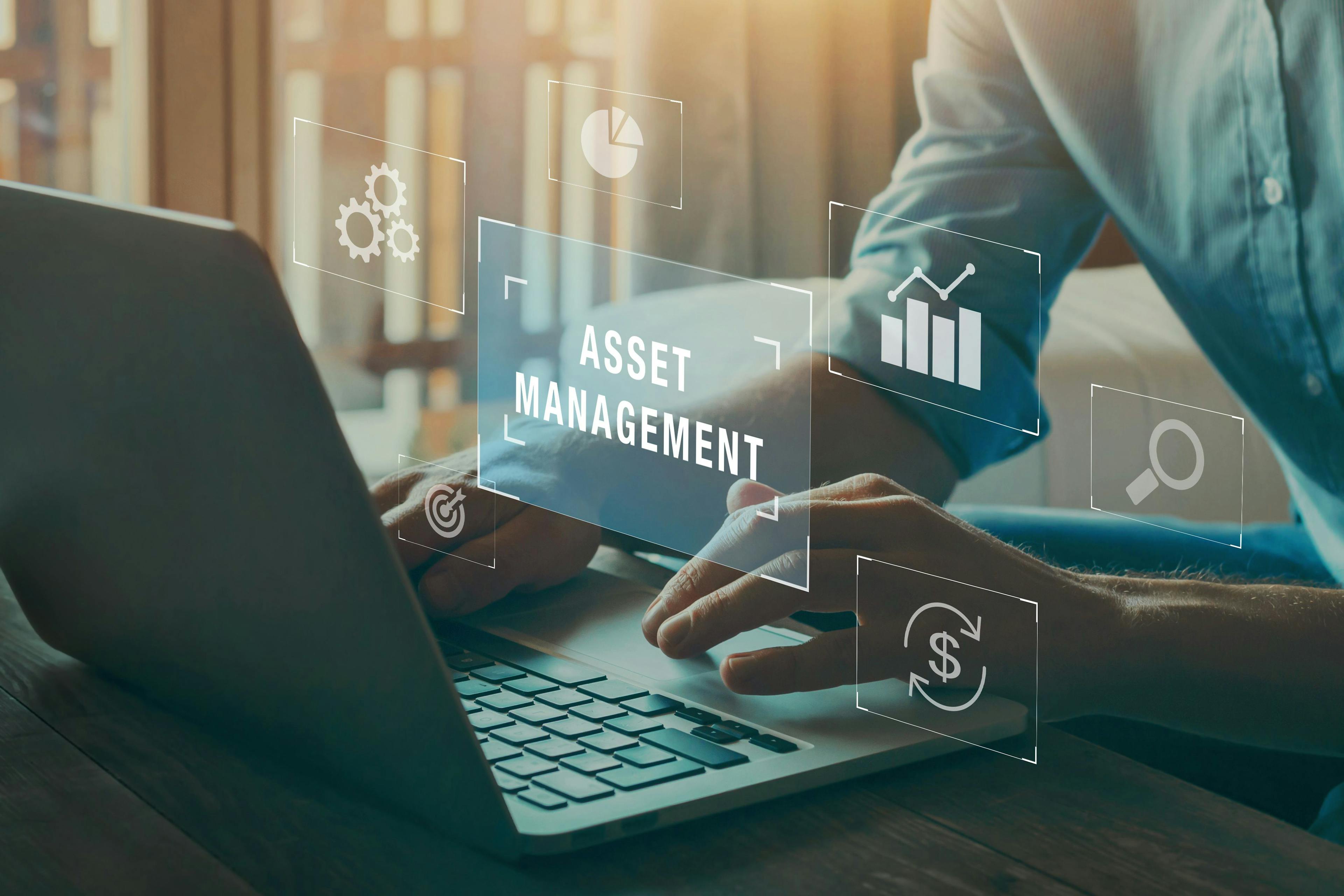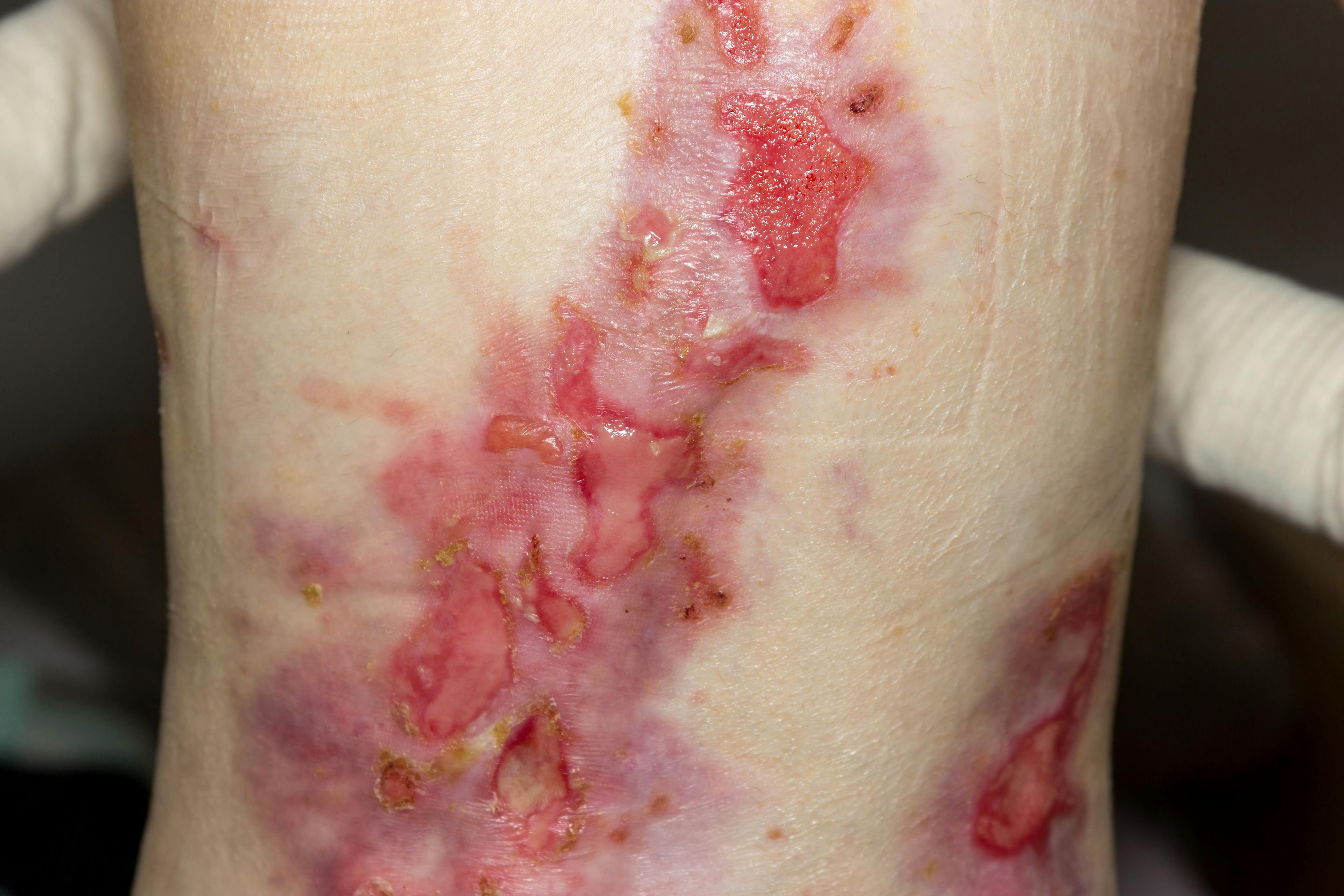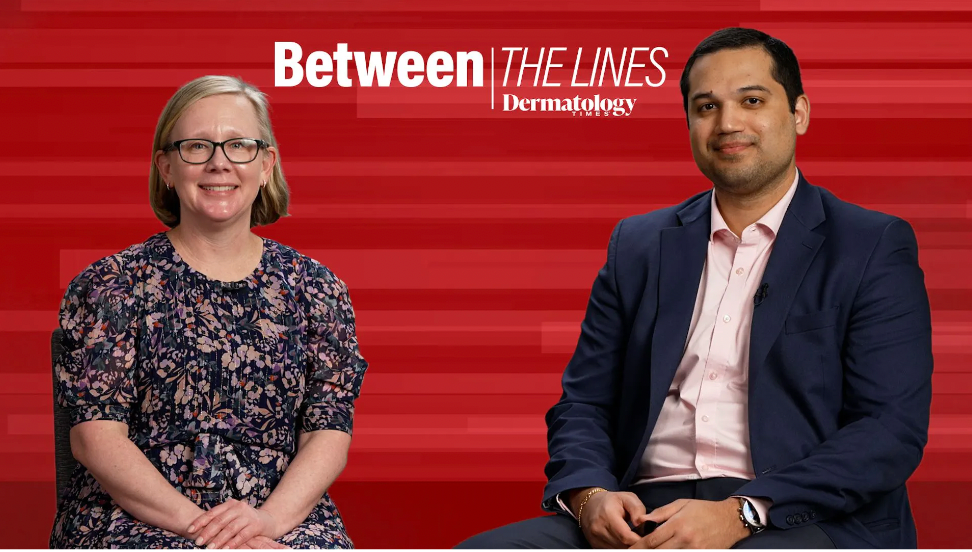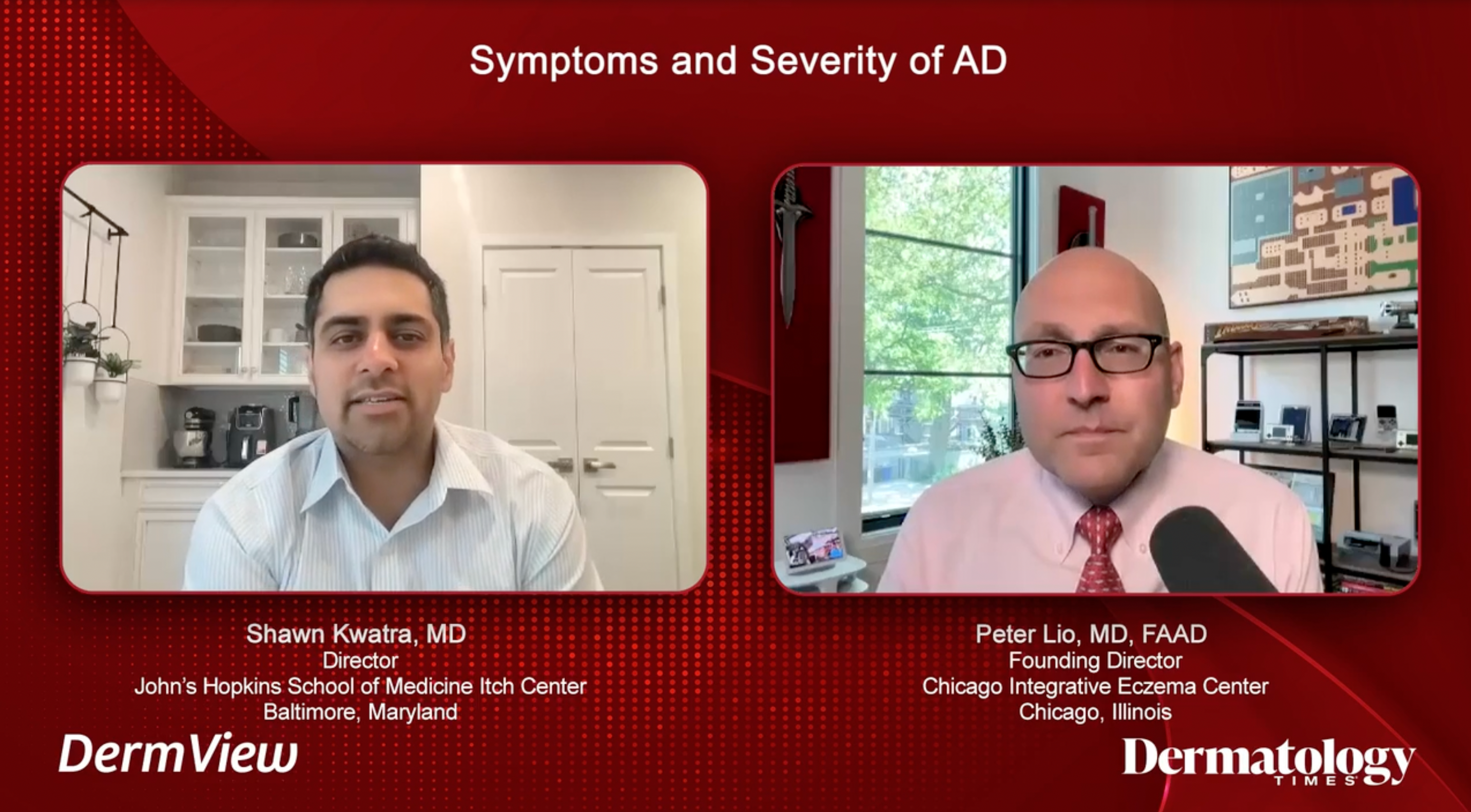- Acne
- Actinic Keratosis
- Aesthetics
- Alopecia
- Atopic Dermatitis
- Buy-and-Bill
- COVID-19
- Case-Based Roundtable
- Chronic Hand Eczema
- Chronic Spontaneous Urticaria
- Drug Watch
- Eczema
- General Dermatology
- Hidradenitis Suppurativa
- Melasma
- NP and PA
- Pediatric Dermatology
- Pigmentary Disorders
- Practice Management
- Precision Medicine and Biologics
- Prurigo Nodularis
- Psoriasis
- Psoriatic Arthritis
- Rare Disease
- Rosacea
- Skin Cancer
- Vitiligo
- Wound Care
Publication
Article
Dermatology Times
How to Effectively Manage Acne in Women With Spironolactone and Oral Contraceptives
Author(s):
Julie Harper, MD, shared updated risks and benefits of using spironolactone and oral contraceptives to treat acne in women at SCALE 2023.
vladimirfloyd/AdobeStock

Kicking off the morning sessions at SCALE 2023, Julie Harper, MD, a dermatologist at and the founder of Dermatology and Skin Care Center of Birmingham, began by asking attendees how many of them prescribe spironolactone and how many of them prescribe oral contraceptives. Harper noted that she hoped by the end of the session, attendees would feel more comfortable prescribing both and understand how spironolactone can be paired with other therapies.
In her practice, Harper prefers to prescribe 25mg-200mg of spironolactone to her female patients with acne and does not like to exceed a dose of 100mg. Harper tends to avoid doses higher than 100mg due to the increased risk of adverse events. Specifically, the occurrence of menstrual irregularities is the most common adverse event for women taking spironolactone for acne who are not on oral contraceptives. Other adverse events related to high doses of spironolactone include breast tenderness/swelling, fatigue, and headaches.
When considering prescribing spironolactone to her female patients, Harper noted that there is no need to check potassium levels in healthy women between ages 18 and 45. Despite the fact that spironolactone also has an FDA black box warning for an increased risk of breast cancer, the dosages used in the rat models studying spironolactone were 25 to 100 times higher than those administered to humans. Therefore, Harper explains to her patients that there is no real evidence of an increased risk of breast cancer in women with exposure to spironolactone.
Another previously thought risk factor of spironolactone is clotting. A retrospective study2 from this year compared the risk of developing DVT or PE in patients treated with spironolactone (n=33,543) for acne compared to oral antibiotics (doxycycline, minocycline, and sarecycline) for acne (n=33,543). The study found that patients treated with spironolactone were not more likely to develop DVT or PE than those patients treated with a tetracycline-class antibiotic.
Harper urged attendees to also discuss spironolactone risks and pregnancy with patients, as it cannot be used during pregnancy. There is an increased risk of hypospadias and feminization of the male fetus if pregnant patients are still taking spironolactone.
Harper then discussed the use of oral contraceptives for acne management, and how they can also be used in combination with spironolactone. Similar to spironolactone, the risks of oral contraceptives include VTE, stroke, myocardial infarction, and breast cancer. In the case of VTE, Harper mentioned multiple studies that have determined all combined estrogen-progestin oral contraceptives (COCs) increase the risk of VTE compared to non-use.
The benefits of oral contraceptives include protection against ovarian cancer, protection against endometrial cancer, protection against PID; uterine leiomyomas; and ovarian cysts, and the regulation of the menstrual cycle. When using COCs to treat acne, it can take up to 3 menstrual cycles to see meaningful changes in acne reduction. Harper mentioned that it is still important to obtain a thorough medical history and blood pressure measurement from patients prior to prescribing COCs.A thorough medical history is crucial, as contraindications include pregnancy, breast cancer, a history of heart disease, a history of stroke, migraines/headaches, cirrhosis, and more.
Harper ended her session by re-emphasizing that she hopes attendees will feel more comfortable prescribing both spironolactone and oral contraceptives to treat acne in their female patients while knowing the associated risks.
References
1. Harper J. Acne in women. Presented at the 18th Annual Music City Symposium for Cosmetic Advances & Laser Education; May 17-21, 2023; Nashville, TN.
2. Shields A, Flood K, Barbieri JS. Spironolactone use for acne is not associated with an increased risk of venous thromboembolism: A matched, retrospective cohort study [published online ahead of print, 2023 Feb 25]. J Am Acad Dermatol. 2023;S0190-9622(23)00281-5. doi:10.1016/j.jaad.2023.02.028

Newsletter
Like what you’re reading? Subscribe to Dermatology Times for weekly updates on therapies, innovations, and real-world practice tips.






























